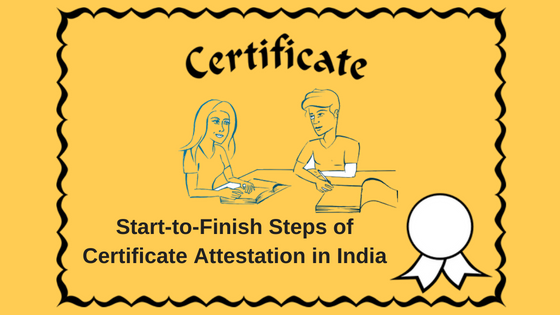My sister met a severe accident in UK last year. She owned property and had some funds in the bank. Since her condition was critical, I had to be with her at any cost. But my request for UK visa was rejected.
A Power of Attorney (PoA) helped me in transferring her funds and property to my name while being in India (which my sister desperately wanted to). But what I did to reach there, let I narrate in the correct procedure from start to finish. Please walk through all these steps thoroughly for getting rid of agony due to delay or rejection of documents (which i faced):
Read More












